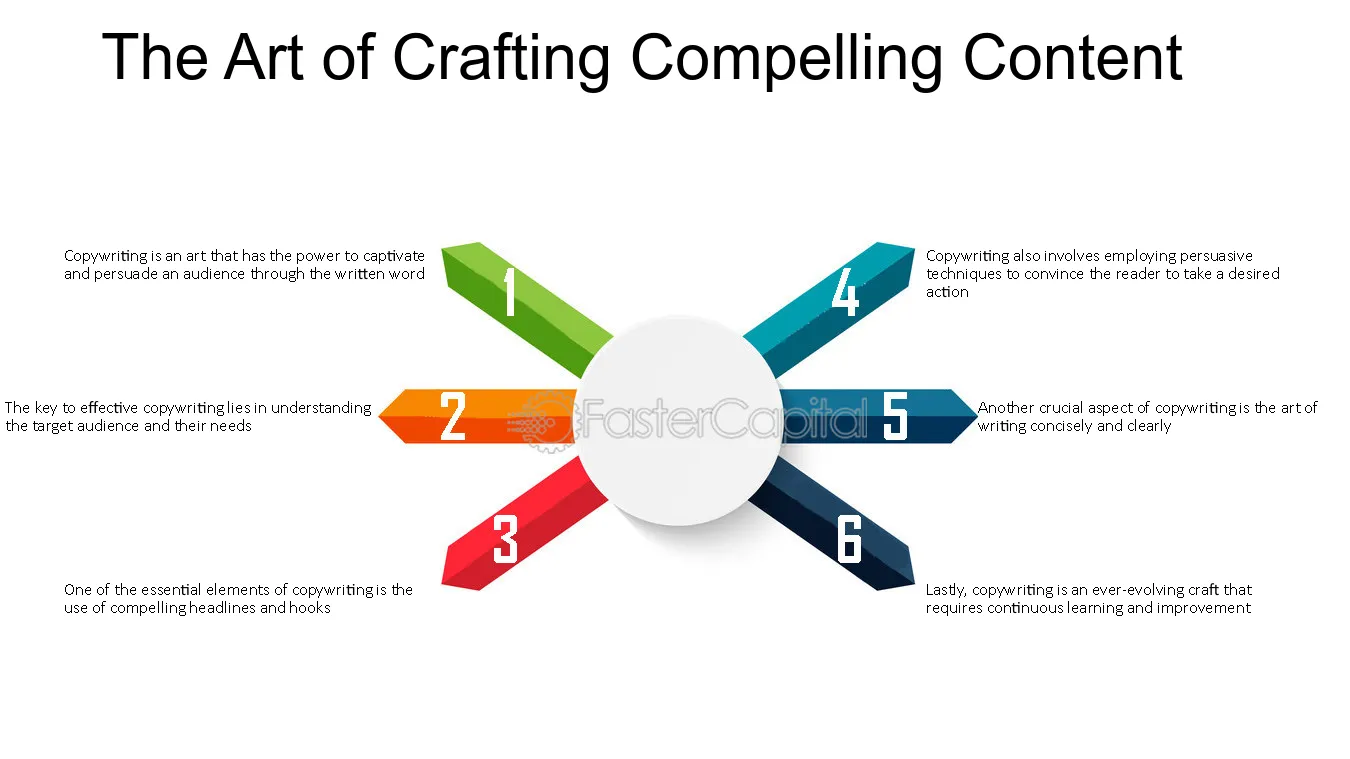In the digital age where attention spans are fleeting and competition is fierce, mastering the art of copywriting is essential for capturing audience attention, driving engagement, and ultimately, driving sales. Effective copywriting goes beyond mere words; it’s about understanding your audience, tapping into their emotions, and compelling them to take action. Whether you’re writing product descriptions, sales pages, email campaigns, or social media posts, here’s a guide to help you craft persuasive content that sells:

- Know Your Audience: Before you put pen to paper (or fingers to keyboard), take the time to deeply understand your target audience. What are their needs, desires, pain points, and aspirations? What motivates them to buy? Tailor your messaging to resonate with your audience’s preferences and speak directly to their wants and needs.
- Highlight Benefits, Not Features: Rather than listing the features of your product or service, focus on the benefits it offers to the customer. How will it improve their lives, solve their problems, or fulfill their desires? Paint a vivid picture of the transformation they’ll experience by using your product, and emphasize the value it brings to them.
- Use Compelling Headlines and Hooks: Your headline is the first thing your audience sees, so make it count. Use attention-grabbing headlines and hooks to pique curiosity, evoke emotion, or promise a solution to a problem. Keep it concise, clear, and relevant to your audience’s interests and needs.
- Craft Irresistible Calls to Action (CTAs): Don’t leave your audience hanging—tell them exactly what you want them to do next. Whether it’s “Buy Now,” “Sign Up Today,” or “Learn More,” your call to action should be clear, compelling, and action-oriented. Use persuasive language and urgency to encourage immediate action.
- Tell a Story: People are hardwired to respond to stories, so weave narratives into your copy to captivate your audience and make an emotional connection. Share anecdotes, testimonials, or case studies that illustrate the benefits of your product or service in action. Show, don’t just tell, how your offering can make a difference in their lives.
- Create Scannable, Readable Content: In today’s fast-paced world, people tend to skim rather than read every word. Make your copy easy to digest by breaking it up into short paragraphs, using bullet points and subheadings, and highlighting key points or phrases. Use concise, conversational language that’s easy to understand and resonates with your audience.
- Build Trust and Credibility: Trust is essential in any transaction, so use your copy to build credibility and instill confidence in your brand. Share customer testimonials, industry awards, or certifications to demonstrate social proof and reassure potential buyers. Be transparent, honest, and authentic in your messaging to foster trust with your audience.
- Create a Sense of Urgency: Encourage action by creating a sense of urgency or scarcity in your copy. Limited-time offers, exclusive deals, or low stock alerts can motivate people to act quickly and make a purchase. Use persuasive language and time-sensitive language to convey the importance of taking action now.
- Optimize for SEO: If your copy is destined for the web, optimize it for search engines to improve visibility and attract organic traffic. Research relevant keywords and incorporate them naturally into your copy, headings, and metadata. Write compelling meta descriptions that entice people to click through to your content.
- Test, Measure, and Iterate: Effective copywriting is an ongoing process of testing, measuring, and iterating to optimize performance. Experiment with different headlines, CTAs, messaging, and formats to see what resonates best with your audience. Track key metrics such as click-through rates, conversion rates, and sales to identify areas for improvement and refine your approach over time.
In conclusion, mastering the art of copywriting is essential for persuading, engaging, and ultimately, converting your audience into customers. By understanding your audience, highlighting benefits, crafting compelling headlines and CTAs, telling stories, creating scannable content, building trust and credibility, creating a sense of urgency, optimizing for SEO, and testing and iterating your copy, you can create persuasive content that resonates with your audience and drives sales. Remember, effective copywriting is both an art and a science—so don’t be afraid to experiment, refine, and fine-tune your approach until you find what works best for your brand.
 naTabanu natabanu – sve online serije na jednom mestu.
naTabanu natabanu – sve online serije na jednom mestu.



